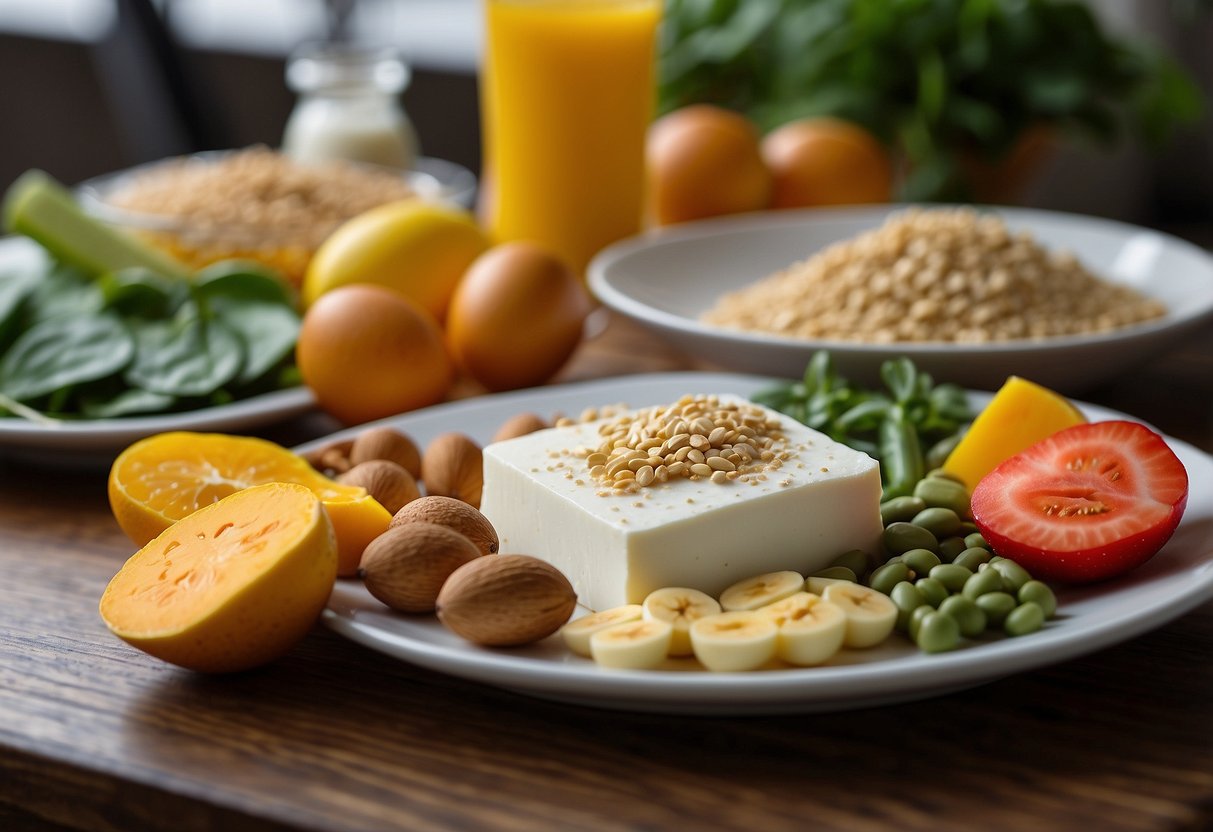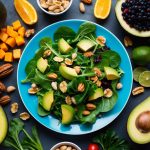How to Maintain a Balanced Diet: Practical Tips for Busy Professionals
Incorporating Varied Sources of Protein in Your Diet

Ensuring a balanced intake of proteins from diverse sources is crucial for maintaining energy and supporting muscle repair and growth. Busy professionals can benefit from both animal and plant-based proteins to fit their schedules and dietary preferences.
Animal vs. Plant-Based Proteins
Animal-based proteins, such as lean meats, chicken, and fish, are complete proteins. They provide all essential amino acids that the body cannot produce. These proteins are important to include for those who prefer or tolerate animal products. Lean meats like chicken and turkey are excellent for those watching their fat intake. Fish, particularly fatty fish like salmon, offers the added benefit of omega-3 fatty acids, which are good for heart health.
Plant-based proteins, such as beans, lentils, and tofu, are suitable alternatives or complements to animal proteins. While most plant proteins are not complete, combining different sources—like beans and rice—can provide all essential amino acids. Beans and lentils are rich in fiber and beneficial for digestion. Tofu is versatile and can absorb flavors well, making it easy to incorporate into various meals.
High-Protein Foods for Meal and Snack Time
Incorporating high-protein foods into meals and snacks helps maintain energy levels throughout the day. Convenient meal options include grilled chicken salads, fish tacos, or lentil soups. These dishes are quick to prepare, nutritious, and portable, fitting well into a busy professional’s schedule.
For snack time, options like hummus with vegetable sticks, Greek yogurt, or a handful of nuts are practical and provide a protein boost. Tofu, in snack-sized portions, can be marinated and baked for a protein-rich midday snack. Keeping a mix of animal and plant-based proteins on hand ensures there’s something for every time of day and dietary preference.
Balancing Your Meals with Fruits and Vegetables
Incorporating a variety of fruits and vegetables into your diet can dramatically boost your nutrient intake and enhance your overall health. This involves simple strategies such as integrating more produce into meals and embracing the benefits of colorful salads.
Simple Ways to Add More Fruits and Vegetables
One effective method is to include a serving of fresh fruit or vegetables with every meal. For breakfast, berries can be added to cereals or smoothies. Lunchtime can feature a vegetable wrap or sandwich with sliced tomatoes, lettuce, and cucumbers. Dinner can include a side of steamed or roasted vegetables.
Batch prepping can save time for busy professionals. Chopping fruits and vegetables in advance can make it easier to grab healthy snacks or add to meals. Likewise, frozen vegetables can offer a quick and nutritious option without sacrificing quality or taste.
Experimenting with new recipes that highlight fruits and vegetables can keep meals interesting. Trying a variety of cooking methods such as grilling, steaming, or sautéing can also enhance the flavors of your favorite produce.
The Power of Colorful Salads
Colorful salads are a great way to pack multiple nutrients into one meal. A mix of leafy greens, such as spinach and arugula, provides a base rich in vitamins. Adding a variety of other vegetables like bell peppers, carrots, and beets introduces different nutrients and adds visual appeal.
Incorporating fruits into salads can offer a sweet contrast and additional fiber. Examples include adding apple slices to a green salad or mixing berries into a spinach salad. Nuts and seeds can add crunch and healthy fats.
Homemade dressings can ensure you control the ingredients, avoiding unnecessary sugars and preservatives often found in store-bought options. Simple dressings made with olive oil, lemon juice, and herbs can enhance the flavors of the vegetables and fruits, making your salads both delicious and nutritious.



